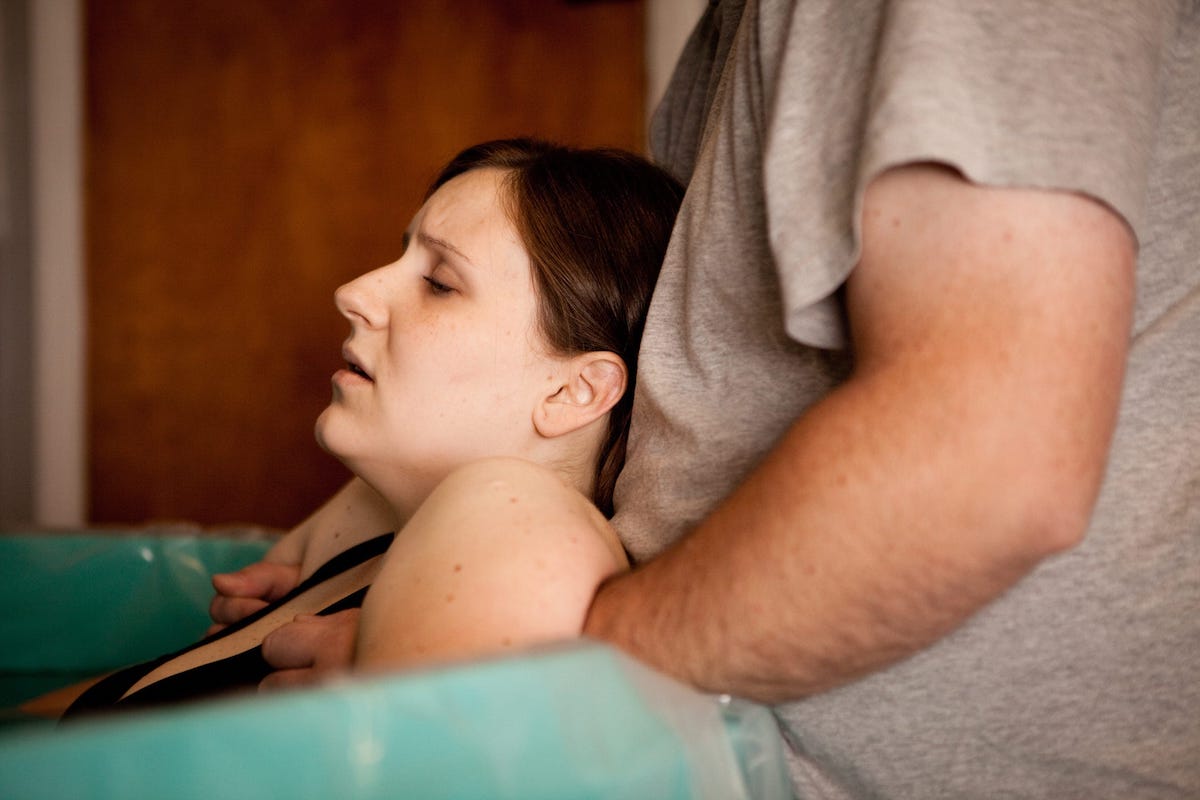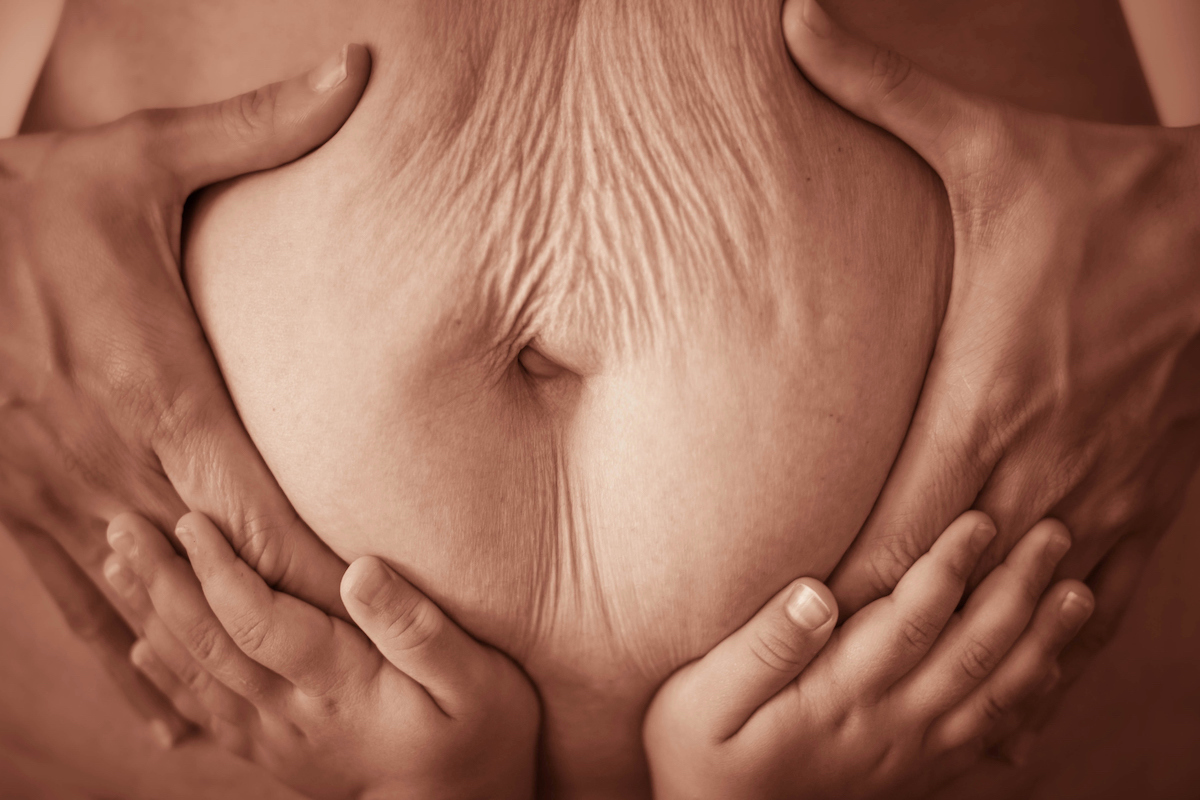Over the past few years, it seems like just about every week there is a panic headline about lead. It’s in applesauce and Lunchables. It’s in tampons. It’s in your beloved Stanley cup! It is in chocolate, and even protein powder. One would be forgiven for thinking that the rate of lead exposure has dramatically increased in the recent period.

The reality is that lead exposure — at least over a several-decade time frame — has dramatically decreased. So why are you hearing more about it? Which of the things you hear actually merit concern? And, most importantly, do you really need to give up chocolate?
Why are we worried about lead?
I’ve written much more extensively about this issue in this article, which is worth reading for background. In short, we worry about lead exposure because there is evidence that higher lead levels in children in particular lead to lower cognitive function. This effect appears to be causal. It is most prominent at very high levels of lead exposure, but it seems to appear even at somewhat lower levels.
High levels of lead exposure are most concerning in children and pregnant women, where lead can impact fetal brain development. For adults, very high levels of lead exposure can be toxic, but we worry less about low-level exposures through, say, water or food.
What are the main sources of lead exposure?
Lead exposure occurs primarily through consumption rather than, say, absorption through skin. Water that is contaminated (typically through lead pipes) is a primary source of exposure. Other common sources include lead paint, or lead in soil (which kids could eat).
When lead is found in food, there are a few ways it could have gotten there. One possibility is that the food was grown in soil with high lead concentrations. Another is that lead may have contaminated the manufacturing process. Trace amounts of lead are common in many foods, cosmetics, and other consumer items, often without a lot of clarity as to where they came from.
However: in most cases when, for example, a child has elevated lead levels, the reason is their drinking water.
What has happened to lead exposure over time?
Some good news! Lead levels in the U.S. have gone down a lot over time. This began when we got rid of leaded gasoline, which was spewing lead particles into the air constantly. Between 1978 and 1991, lead levels in the bloodstream of Americans went down by 78%. At this point, the average blood lead level in the U.S. was 2.8 micrograms per deciliter (mcg/dL). This decline has continued. A 2016 estimate put this figure at 0.82 mcg/dL.
As this decline has continued, the CDC has continued to drop the threshold for concern about childhood lead levels. Prior to 1971, the lead level that prompted concern was 60 mcg/dL. Over time, this dropped to 25, 10, 5, and, most recently, to 3.5 mcg/dL. If your child has a lead level above this, you will be counseled to try to figure out what the possible exposures are, and limit them.
This drop in the threshold for concern is absolutely appropriate — as things improve, we should continue to push for more improvement, and there isn’t any reason for lead exposure, so this is a case where less is better. However, I think the context is important to keep in mind. Some parents panic at an elevated lead reading. Yes, it is something to address. But when you yourself were a child, the threshold for elevated lead was probably 25 micrograms per deciliter and the average level was close to what would now be considered the limit.
Why are we hearing about lead?
Given that context of decline over time, why all the lead headlines now? One answer is that even though things are moving in the right direction, research is also increasingly making clear the obvious — that less lead is good. We are more aware of possible risks, leading to more avoidance.
Having said that, I think there’s a bit more going on. In particular: some of the lead headlines are actual concerns. And some are … probably not. For decision-making purposes, it is extremely important to separate these.
To begin with an actual matter of concern: the applesauce pouches from 2023. In late fall 2023, the FDA issued a warning about high levels of lead in a certain brand of applesauce pouches. These pouches, the WanaBana Apple Cinnamon Fruit Puree sold at Dollar Tree stores, had been found to have high levels of lead. The source remains somewhat unclear — it may have resulted from extremely high lead in the cinnamon, or from a manufacturing issue, or even from a deliberate introduction.
Regardless of the reason, the lead level in the pouches was 2.18 parts per million (ppm). The proposed federal limit for lead in fruit pouches is 0.01 ppm, meaning this level was 200 times as high as the proposed limit. Another way to see magnitudes: in a 70-gram pouch, there would be 140 micrograms of lead. These levels were high enough that a number of children who ate many of these pouches tested for high lead levels. There is a reason the FDA issued a strong statement, withdrew this product from the market, and launched an investigation.
I would contrast this sharply with some of the headlines about, say, Lunchables, or chocolate. In the case of Lunchables and some related products, Consumer Reports found lead levels as high as 75% of the maximum allowable dose level (MADL) in California. For dark chocolate, a new study found that some chocolate had lead levels higher than this MADL value.
The context that is needed here is an understanding of the California MADL. With the passage of Proposition 65 in 1986, California set an MADL on various substances, including lead. The limit for lead was 0.5 micrograms per day. This limit was set at 1,000 times lower than the level at which there is possible evidence of harm. In other words, it is really, really conservative.
A finding that Lunchables has 75% of the MADL means the researchers detected 0.375 micrograms of lead in the product. In the case of chocolate, the average chocolate bar studied also had 0.375 micrograms per serving, although one sample tested had a level of 3.1 micrograms per serving. Many reports, like the one on protein powder, just ask if the product exceeds MADL. But since this standard is so conservative, that could be true without the levels being truly concerning.
To be clear: there is no need for lead, so zero lead would be better. But if we compare these numbers with the level at which there is evidence of harm, they are a very tiny fraction. Moreover, this is entirely different from the applesauce pouches. One contaminated applesauce pouch contained approximately 375 times as much lead as one Lunchables kit. These simply should not generate a similar level of concern.
The regulations of Proposition 65 provide a helpful and aspirational benchmark, and I’d expect they will push companies to try to lower the lead in their products as much as possible. Which is great. Having said that, it is extremely important to distinguish levels of risk — otherwise, we risk people ignoring warnings that they really should react to.
The bottom line
- Lead exposure has gone down a lot over time. Your child’s lead levels are almost certainly far below what yours were at their age.
- Contamination can lead to dangerously high lead levels in food, as happened with the applesauce pouches last year.
- However: warnings that rely on comparisons to the California maximum allowable levels of lead tend to generate outsize concerns, given that these limits are extremely conservative. So … continue to enjoy your chocolate.





















Log in
The point that lead safety activists like Tamara Rubin ( https://tamararubin.com/) are trying to make is that there is no safe level of lead and that it does accumulate in the body. Eating chocolate or other foods naturally high in lead like sweet potatoes or sunflower seeds once in a way is fine for adults, but could be risky for babies and small kids. And the dangerously high levels of lead in certain baby food items like that infamous apple sauce show the lack of effective regulation and oversight over the baby food industry as a whole.
Had the same thought. Lead Safe Mama Tamara Rubin and (copycat?) Eric Everything Lead (Eric Ritter) are testing everything for lead and it’s scary. I switched the glass bottles I use for my baby based on a Lead Safe Mama guide and was so scared I’d unintentionally exposed my newborn.
This article helped me feel better and keep the relative risk in mind. When I asked the pediatrician about lead testing because of the bottles (which we used for maybe ~3 months), she said there was no need because the exposure would have been so low and there’s standard testing later.
Wait, but what about Stanley cups? 😂
Given the demographics of Emily’s following, I was logging on to leave this exact comment 😂